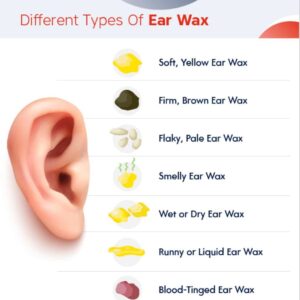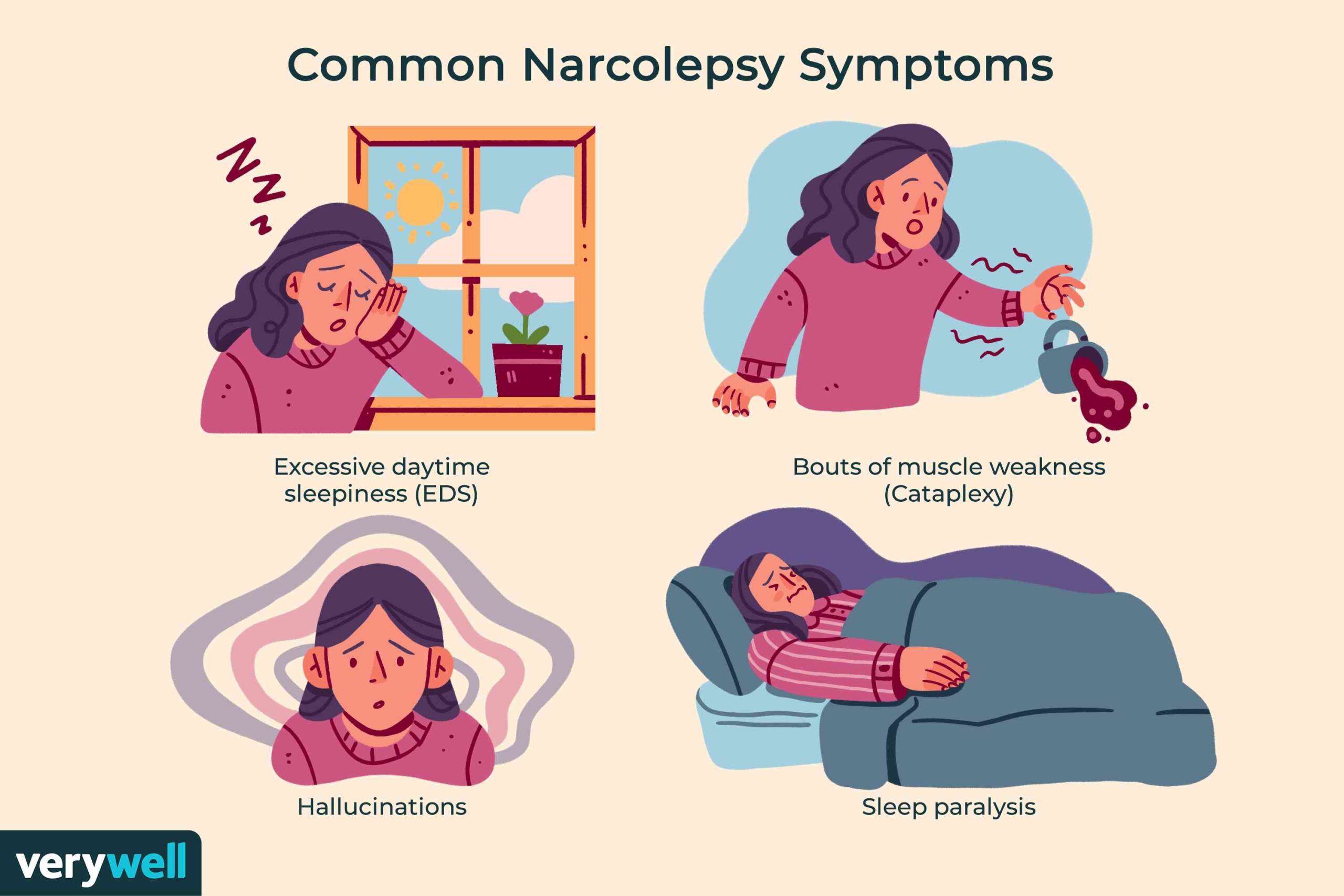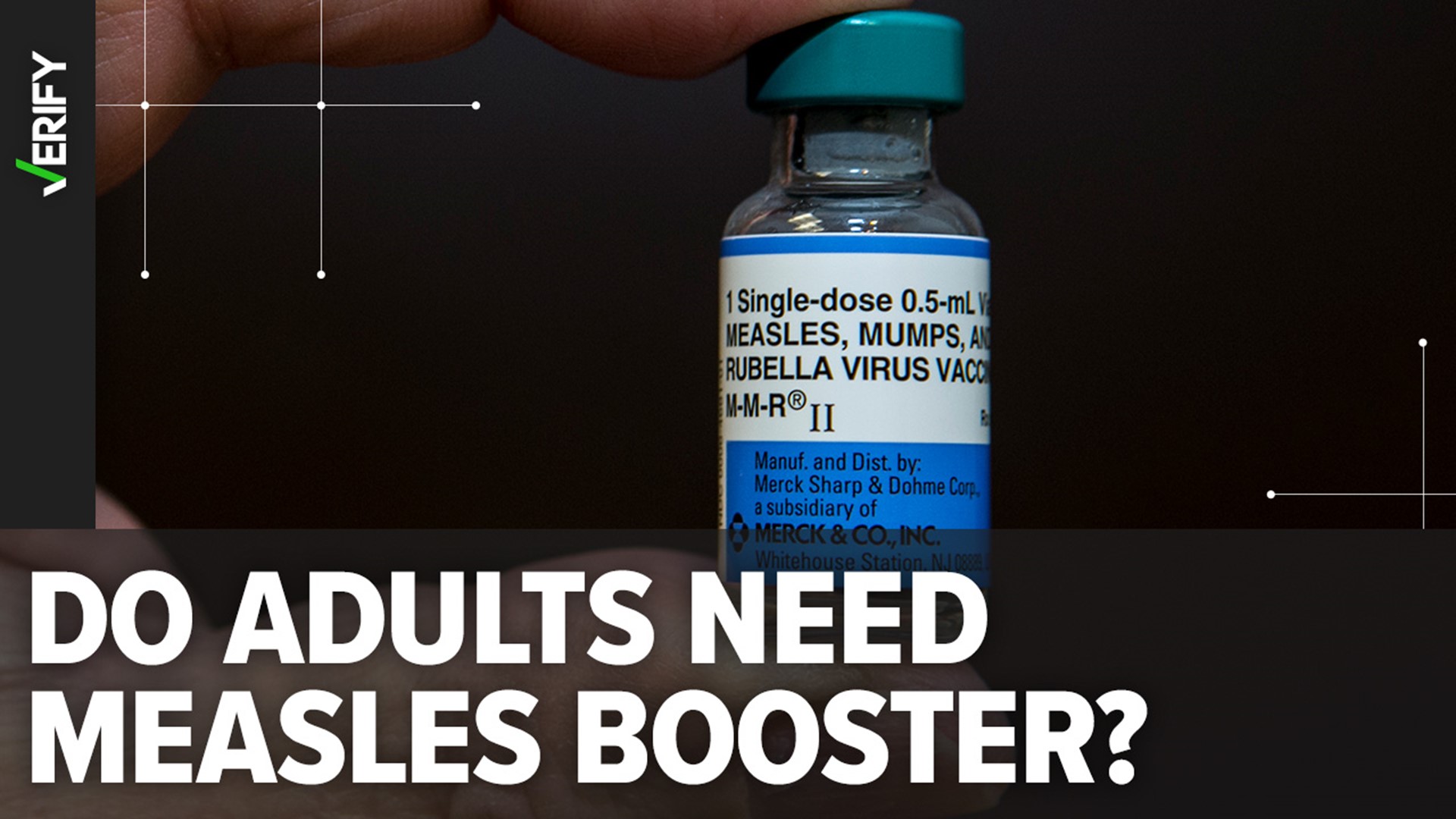Ear wax-various aspects-
Earwax, commonly referred to as cerumen, is a waxy substance generated in the ear canal. It serves to protect the ear by capturing dirt, dust, and other irritants.
How it functions
Earwax is generated by glands located in the skin of the outer ear canal.
It is typically thin, clear, and watery when initially produced, but it becomes thicker and darker as time passes.
Earwax is continually transported towards the outer ear, where it can either fall out or be rinsed away.
The quantity of earwax produced differs from individual to individual.
Earwax accumulation
Earwax accumulation may occur if excessive wax is generated or if it is not adequately cleared.
This can take place if you attempt to clean your ears with cotton swabs or other implements, which may push the wax further into your ear.
Signs of earwax accumulation include:
Earache
Difficulty hearing
Dizziness
Itchiness inside the ear
Drainage or smell from the ear
Management
Earwax accumulation is often treatable with eardrops obtained from a pharmacy.
A physician may also suggest microsuction or manual removal if irrigation does not succeed.


The ear canal is covered with hair follicles. The ear canal additionally contains glands that produce a waxy substance known as cerumen. The wax typically finds its way to the ear’s opening. At that point, it will either fall out or be removed through washing.
Wax can accumulate and obstruct the ear canal. Wax blockage is among the most frequent reasons for hearing loss.
Wax blockage in the ear
Causes
Ear wax safeguards the ear by: Capturing and preventing dust, bacteria, other germs, and small objects from entering and harming the ear. Shielding the sensitive skin of the ear canal from becoming irritated when water enters the canal. In certain individuals, the glands generate an excess of wax that is not easily cleared from the ear. This surplus wax may solidify in the ear canal and obstruct the ear, leading to an impaction. If you attempt to clean the ear, you might inadvertently push the wax further in and block the ear canal. For this reason, health care professionals advise against attempting to clean your own ear.
Symptoms
Some common symptoms include:
Earache
A feeling of fullness in the ear or the sensation that the ear is blocked
Sounds in the ear (tinnitus)
Partial hearing loss, which may worsen
Treatment
Most instances of ear wax blockage can be addressed at home. The following remedies are effective for softening wax in the ear:
Baby oil
Commercial ear drops
Glycerin
Mineral oil
Water
Another approach is to flush out the wax.
Use water at body temperature (cooler water might cause brief yet intense dizziness or vertigo).
Maintain an upright head position and align the ear canal by holding the outer ear and gently pulling it upwards.
Utilize a syringe (available for purchase in stores) to carefully direct a small stream of water against the ear canal wall adjacent to the wax plug. Tilt your head to let the water drain. You may need to repeat the irrigation several times. Consult your physician-MD –GENERAL MEDICINE DOCTOR prior to attempting it on your own.
To prevent injury to your ear or the risk of infection:
Avoid irrigating or using drops to soften the wax in the ear if there might be a perforation in the eardrum or if you have undergone recent ear surgery. Do not use a jet irrigator designed for dental cleaning to irrigate the ear. After the wax has been eliminated, dry the ear completely. A few drops of alcohol in the ear or a hair dryer set on low can be used to assist in drying the ear. You may gently cleanse the outer ear canal with a cloth or paper tissue wrapped around your finger. Mineral oil can be applied to moisturize the ear and prevent the wax from hardening. Refrain from cleaning your ears too frequently or vigorously. Ear wax also serves to protect your ears. Never attempt to clean the ear by inserting any object, like a cotton swab, into the ear canal.
If you are unable to eliminate the wax plug or are experiencing discomfort, reach out to your provider, who may remove the wax by: Repeating the irrigation attempts
Suctioning the ear canal
Using a small device called a curette
Using a microscope to assist
Outlook (Prognosis)
The ear may become obstructed with wax again in the future. Hearing loss is frequently temporary. In the majority of cases, hearing is fully restored after the blockage is cleared. Individuals who use hearing aids should have their ear canal examined for excess wax every 3 to 6 months. In rare instances, attempting to remove ear wax may lead to an infection in the ear canal. This might also cause damage to the eardrum.
When to Contact a Medical Professional
Visit your provider if your ears are clogged with wax and you cannot remove the wax.
Additionally, communicate with your provider if you have an ear wax blockage and you develop new symptoms, such as: Drainage from the ear
Ear pain
Fever
Hearing loss that persists after you clean the wax.
What is earwax?
Earwax is a wax-like substance found in everyone’s ears. Glands located within your ear canals produce earwax to safeguard the skin inside your ears and help protect against microbes. The medical name for earwax is “cerumen”
What are the two types of earwax?
There are two primary varieties of earwax: wet and dry. The type you possess is determined by your genetics. More specifically, it is influenced by which variant of the ABCC11 gene you inherit.
Wet earwax: Individuals with the dominant variant often have wet earwax. This type is most prevalent among individuals of European and African descent.
Dry earwax: Those with the recessive variant typically have dry, flaky earwax. This type is most commonly found among individuals of East Asian descent.
What does earwax do?
Earwax serves multiple functions. For instance, it: Acts as a waterproof lining for your ear canal.
Helps carry dead skin cells and other debris out of your ears.
Traps dirt and dust.
Prevents dryness in your ears.
Offers protection against bacterial and fungal infections.
Anatomy
Where does earwax come from?
Two types of glands within your ear canal collaborate to produce earwax:
Sebaceous glands: These small glands, connected to tiny hair follicles in your ears, secrete (release) an oily, lubricating substance known as sebum. Sebum lubricates your skin and prevents your ears from drying out.
Ceruminous glands: These are specialized sweat glands. They secrete peptides and antimicrobial proteins that provide protection for your ears.
What is earwax made of?
Earwax predominantly consists of sebum — dead skin cells and hair mixed with various substances, including: Keratin.
Cholesterol.
Long-chain fatty acids (both saturated and unsaturated).
Squalene.
Wax esters.
Alcohol esters.
What color is earwax?
Normal earwax displays a range of colors and may appear as: Off-white.
Yellow.
Orange.
Light brown.
Dark brown.
However, you should reach out to a healthcare provider if you notice earwax that’s: Green. This may indicate an ear infection.
Black. This is often observed in individuals with impacted earwax (earwax blockage).
Brown with red streaks. This could suggest an injury inside your ear canal. If the discharge is watery, it might mean you have a ruptured eardrum.
Conditions and Disorders
What happens if I have excessive earwax?
There may be instances when you produce an excessive amount of earwax. This can occur due to trauma, scar tissue, or even an abundance of ear hair. If not addressed, excessive earwax can become impacted, leading to a blockage.
Symptoms of earwax blockage
The most prevalent symptoms of earwax blockage encompass: Earache.
Tinnitus (ringing in your ear).
A sensation of fullness in your ear.
Itchiness.
An unpleasant odor emanating from your ear.
Dizziness.
Cough.
Partial hearing loss that may worsen over time.
Hearing aid issues.
Reduced hearing.
If you exhibit any of the symptoms mentioned above, contact a healthcare provider. They can safely and effectively remove extra earwax. (It is never advisable to attempt to remove impacted earwax by yourself. )
Care
Should earwax be removed?
Most of the time, there is no need to eliminate earwax. Your ears are naturally self-cleaning, and your body regularly disposes of it. In fact, according to the American Academy of Otolaryngology Head and Neck Surgery Foundation, if your ears are working properly, you should not interfere with your earwax.
Refrain from using cotton swabs, hairpins, or similar instruments to take out earwax. Stay away from ear candling or vacuum kits, as these can result in ear canal injuries or burns.
If you wish to use an over-the-counter earwax removal kit, select one that contains drops and an ear bulb syringe. Avoid these options if you have undergone previous ear surgeries or have tubes or if you have an existing perforation in your eardrum. Consult your healthcare provider for product suggestions.
Additional Common Questions
Is earwax really wax?
No, earwax is not actually wax. It derives its name from its waxy texture. However, earwax is primarily made up of sebum (a mixture of fat, skin cells, dirt, and sweat).
Why did a ball of wax just come out of my ear?
Your ears are self-cleaning organs. Over time, excess wax will drop out of your ear, and your ear will generate new wax. This is completely normal and healthy.
Why do my ears feel wet?
If your ears ever seem damp, it’s usually because they are producing more earwax. Initially, earwax is thin, clear, and watery. However, as time passes, it becomes thicker and darker.
Nonetheless, if you experience additional symptoms like ear pain or fever, contact a healthcare provider. Watery ears could indicate that you have an infection or a ruptured eardrum.
A note from Cleveland Clinic
Most individuals don’t spend much time contemplating earwax. However, it has a significant role in ear health. It keeps your skin moisturized and safeguards your ears from germs and infections. To maintain ear health, avoid using cotton swabs or other tools that you insert into your ear canal. Instead, concentrate on cleaning your outer ear with a washcloth and allow your body to handle the rest. If you experience excessive earwax, inquire with your healthcare provider about safe removal methods.
We identified 10 studies that fulfilled our inclusion criteria. We conducted a GRADE assessment of the quality of evidence for interventions.
Conclusions
In this systematic review, we provide information concerning the effectiveness and safety of the following interventions: ear irrigation (syringing); manual removal (excluding ear irrigation); wax softeners before irrigation; and wax softeners used alone.
Key Points
Ear wax presents a problem only when it results in hearing loss, or other ear-related symptoms.
Ear wax is more likely to build up and lead to hearing loss when normal natural expulsion is hindered (for instance, by using hearing aids or cotton buds to clean the ears).
Ear wax can obscure the ear drum visually and may need to be removed for diagnostic reasons.
Despite being a frequently occurring issue, there is little high-quality evidence available to inform practice. All procedures related to wax removal should ideally be free of pain.
Ear irrigation (syringing) is generally regarded as effective, although evidence is scarce.
Irrigation is typically carried out using a motorized pump, which allows for adjustable pressure.
Ear irrigation might be linked to vertigo and tympanic membrane perforation in certain individuals. Pain, injury to the ear canal skin, and otitis externa are additional potential adverse effects.
Ear irrigation might infrequently result in permanent hearing loss; therefore, individuals with functional hearing in only one ear should avoid irrigation of that ear.
Alternative mechanical methods for extracting ear wax by qualified personnel using instruments, such as microsuction, are likely effective, although the evidence remains limited.
Mechanical removal of wax using suction, probes, or forceps is thought to be effective, yet it can cause damage to the ear canal, dependent on the operator’s skill and experience as well as the quality of visualization.
Overall, we discovered limited high-quality evidence regarding the impacts of proprietary wax softeners.
Concerning the application of wax softeners prior to irrigation, we found very weak evidence suggesting that wax softeners might be superior to no treatment.
Nevertheless, there was no strong evidence indicating that wax softeners enhanced wax clearance post-irrigation compared to saline.
We found no strong evidence to suggest that any specific wax softener was more effective than another type of wax softener.
Regarding the use of wax softeners on their own, we found very weak evidence indicating that wax softeners could be more effective than no treatment.
We found no consistent evidence suggesting that wax softeners alone improved wax clearance compared to sterile water or normal saline.
Additionally, we found no strong evidence indicating that any single wax softener was superior to any other type of wax softener.
Clinical context
General background
Ear wax only becomes a concern when it leads to hearing loss or other ear-related symptoms. The buildup of wax can occur for various reasons, including the overproduction or underproduction of its components, an inability to self-clear due to slow skin migration, or mechanical factors like the use of cotton buds or hearing aids.
Focus of the review
If wax needs to be eliminated, there are several methods that can be used. These consist of: irrigation (manual syringing with unregulated syringes should no longer be utilized); the application of wax softeners/solvents alone; the application of wax softeners before irrigation; and the manual extraction of wax using an oto-endoscope and small tools or a binocular microscope with suction and micro instruments. This review looks into this frequently occurring and significant issue and identifies what RCT evidence exists on the impacts of these various interventions.
Comments on evidence
We discovered a limited number of RCTs examining the effects of ear irrigation and manual removal methods. We located two systematic reviews that conducted a meta-analysis on RCTs assessing the effects of various wax softeners/solvents. One review categorized ear drops into three groups to aggregate data (water-based, oil-based, and non-water, non-oil-based), while the other review did not implement this classification. The reviews comprised RCTs that investigated the effects of wax softeners/solvents used alone or prior to irrigation compared to no treatment, saline, sterile water, as well as different wax softeners/solvents against each other. Generally, many of the included RCTs had poor methodologies, which restricted the strength of any conclusions that could be made.
Additional information
Irrigation depends on pushing water past the wax in the ear canal, allowing it to accumulate behind the wax and then push it outward. Therefore, if the wax entirely blocks the canal, this method can easily exacerbate the issue by forcing the wax against the tympanic membrane. If there are existing alterations to the tympanic membrane, harm can occur; thus, there are numerous contraindications to irrigation. Oto-endoscopes provide a monocular perspective of the ear canal, and skill is required with the instruments to become proficient in wax removal without causing trauma. Binocular microscopes offer a stereoscopic view and are likely the safest approach for dewaxing an ear, particularly when suction is employed, but they are costly, and users require training.





